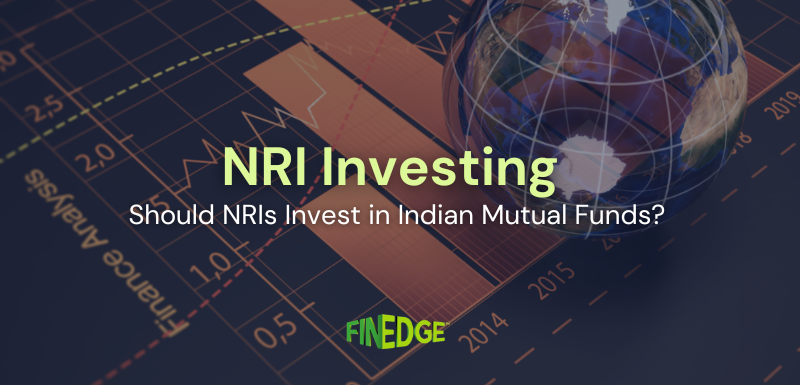Post Recategorization: Which Debt Mutual Fund is

Read this blog to know the correct debt mutual fund. Debt Mutual Funds are divided in 16 different categories so many investors are confused. To know more, visit us now!
While AMFI’s impactful “Mutual Funds Sahi Hai” campaign had new investors rushing to Asset Management Companies in droves last year, the recent move to recategorize Mutual Fund Investment schemes has resulted in some degree of confusion among the same people. With Debt Mutual Funds being divided into 16 different categories, many investors are confused about which type is “sahi” for their personal requirements! We’ll try to simplify your decision.
For short-term Investors or Low-Risk Takers
The regulator has made a smorgasbord of options available for short-term investors with low-risk appetites! Those who have a time horizon of less than a year should ideally match their intended time horizon for investing with the “duration” of a fund. The choices available are as follows: overnight funds (1 day), liquid funds (91 days), ultra-short duration (3-6 months), low duration (6-12 months) and money market (~ 1 year) funds. In other words, a debt mutual fund investor with a 3-month time horizon should stick with a liquid fund, whereas one with a 9-month horizon may opt for a “low duration” fund, and so on and so forth.
For Short to Medium-Term Investors With Moderate Risk Appetites
Short to Medium Term Investors, defined as those who have a time horizon of more than a year to around 3 years, can choose from a different set of duration-based funds. Those who would like to invest for a year or two can go for short duration funds that will run with a duration of 1-3 years, whereas those with time horizons or around 3 years can opt for medium duration funds that will run with an average duration of 3-5 years. Moderate risk takers with a time horizon of 2-3 years may also opt for Corporate Bond Funds or Banking & PSU debt funds, both of which are the moderate risk in nature.
For long-term Investors who can Stomach Higher Volatility
Some Debt Mutual Fund investors invest with a time horizon of 3 years or even more. Not just does this make their investment returns vastly more tax efficient – such a time horizon also allows them to take on a slightly higher element of risk compared to shorter-term investors. Slightly savvier investors who have a deeper understanding of fixed income markets, may go for a judicious mix of Credit Risk Funds (that invest predominantly into less than AA rated bonds), Medium to Long or Long-Term Debt Funds (that have durations of 5 years and above), and even 10-year constant maturity Gilt Funds (that have a high interest rate risk). All these funds have the potential to earn double-digit returns in conducive scenarios.
Your Investing Experts
Relevant Articles
Responsible Credit Card Usage: Three Principles Every Consumer Should Follow
Credit cards are powerful financial tools when used correctly, offering convenience, rewards, and short-term liquidity. But when used without discipline, they can quickly turn into high-interest liabilities. Understanding a few essential principles can help you manage your cards responsibly, maintain a strong credit score, and avoid stress caused by compounding debt.
Types of Debt Funds in India
Debt funds in India offer something for everyone, from overnight investors to those with long-term goals. Knowing the types of debt funds can help you align your choices with your financial plan.
Should NRIs Invest in Mutual Funds in India?
India’s economy is entering a powerful growth phase, and NRIs have a unique chance to be part of it. Mutual funds make it simple, transparent, and goal-driven to participate in this long-term opportunity.
.png)
.png)
.png)
